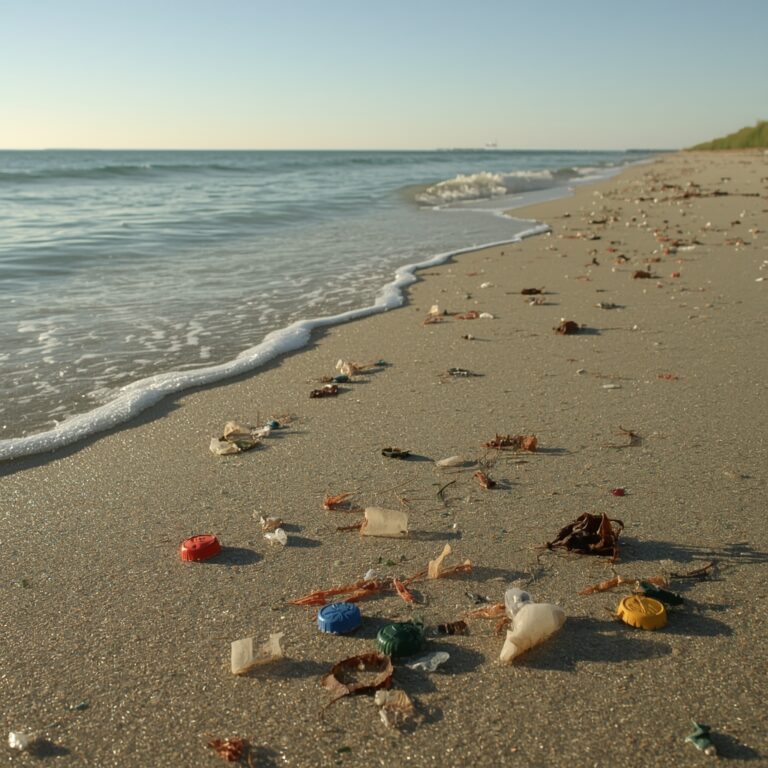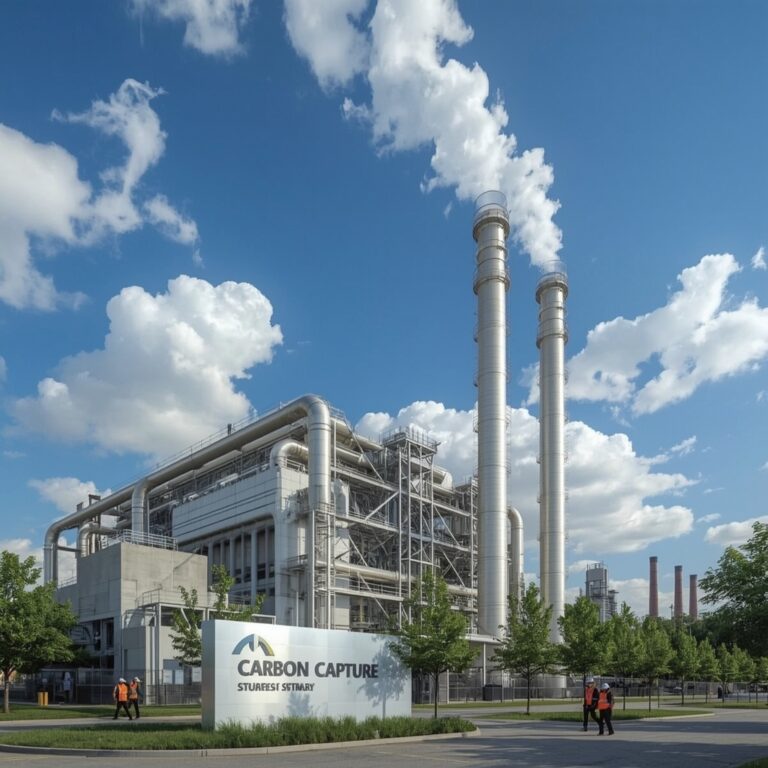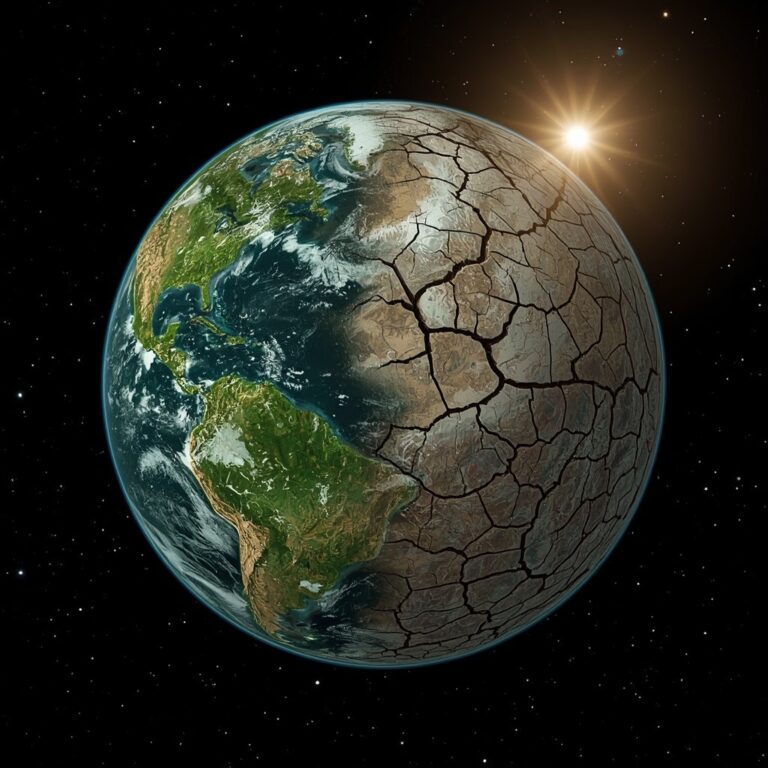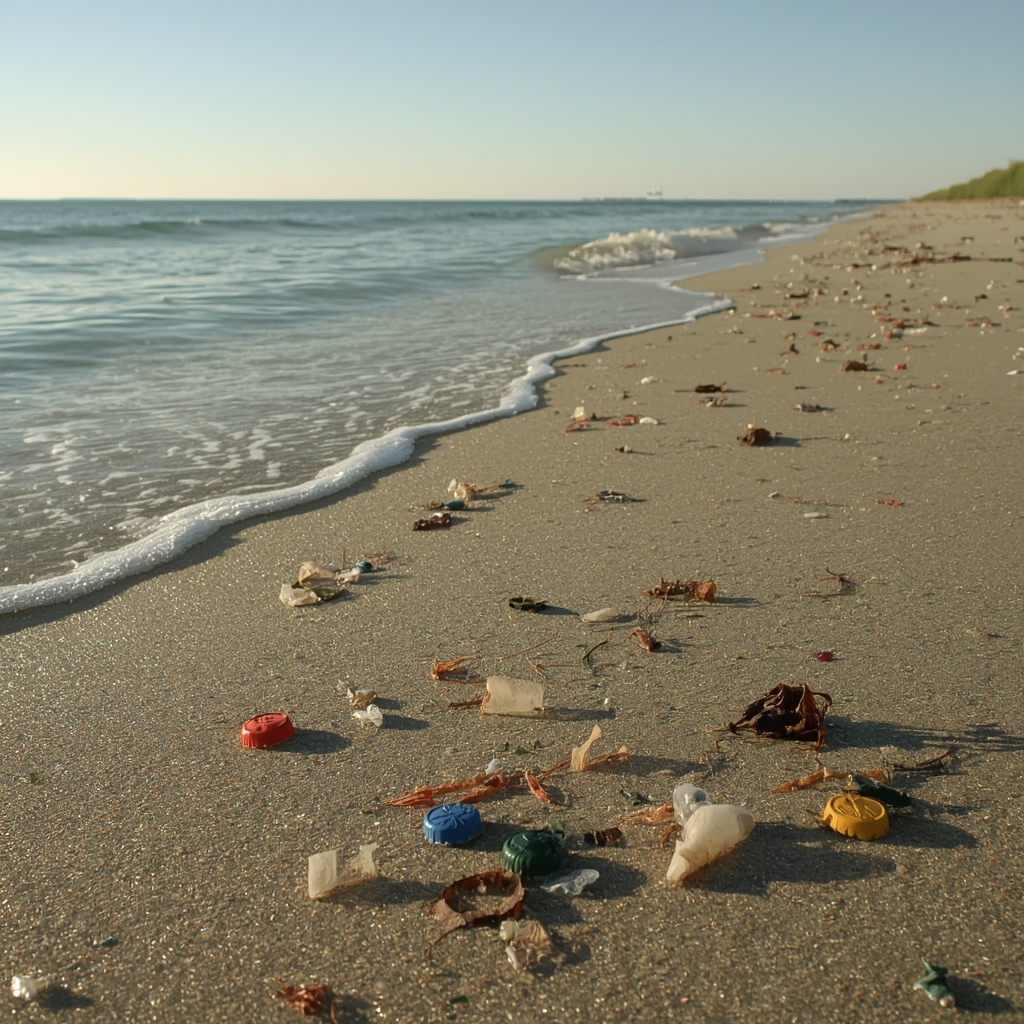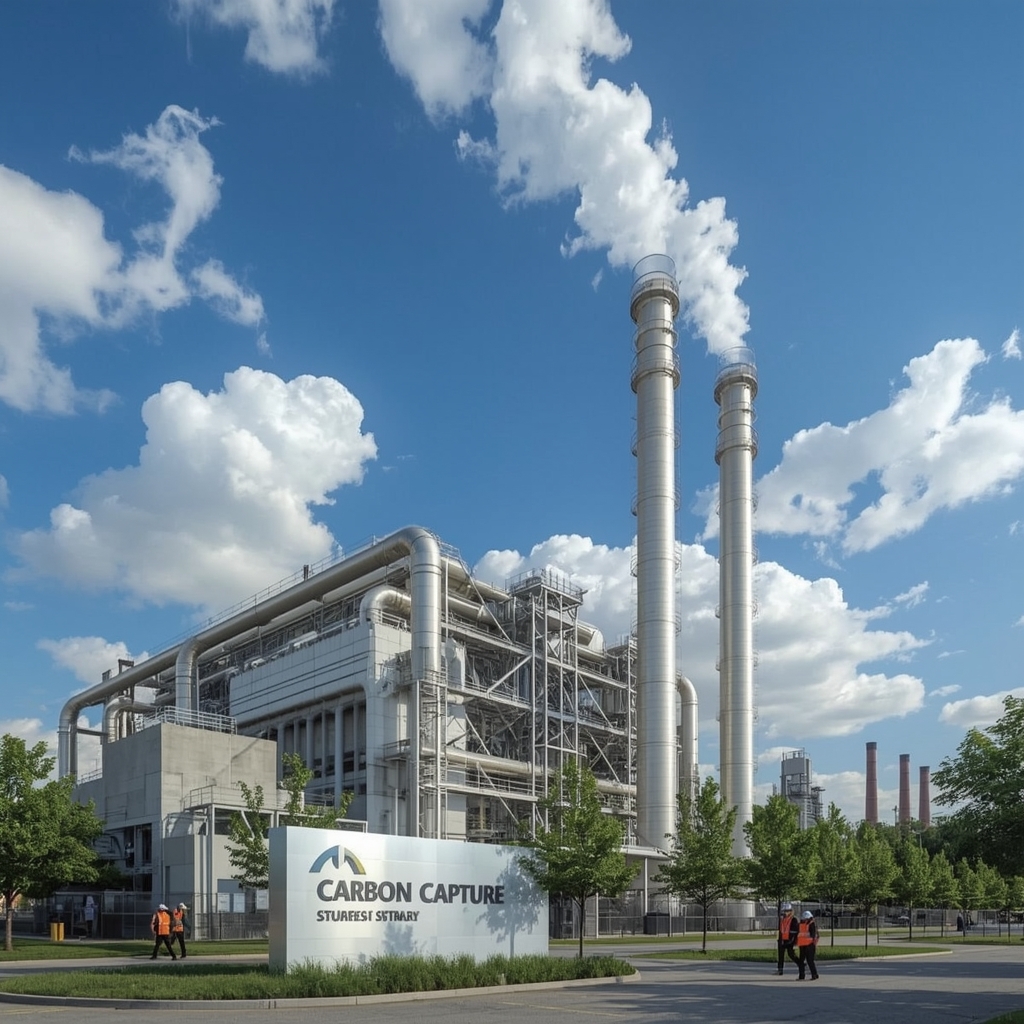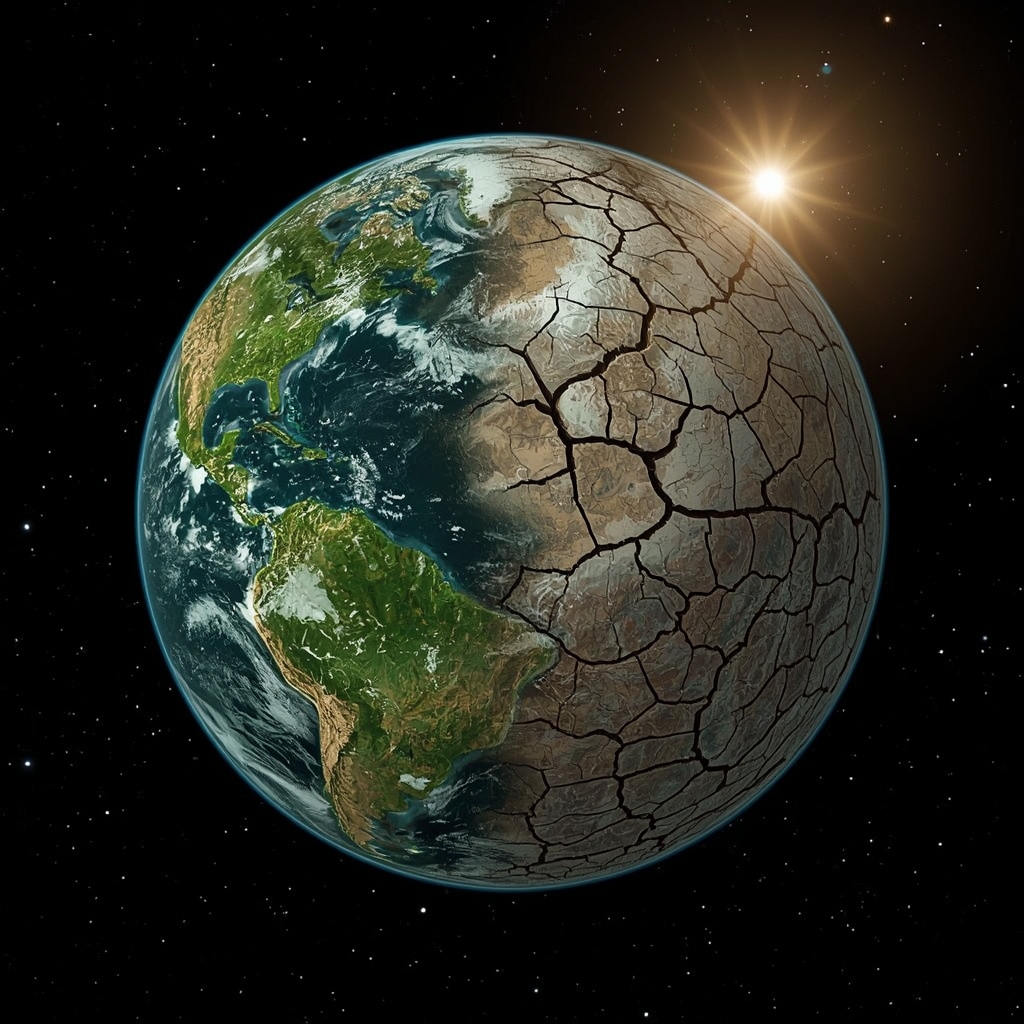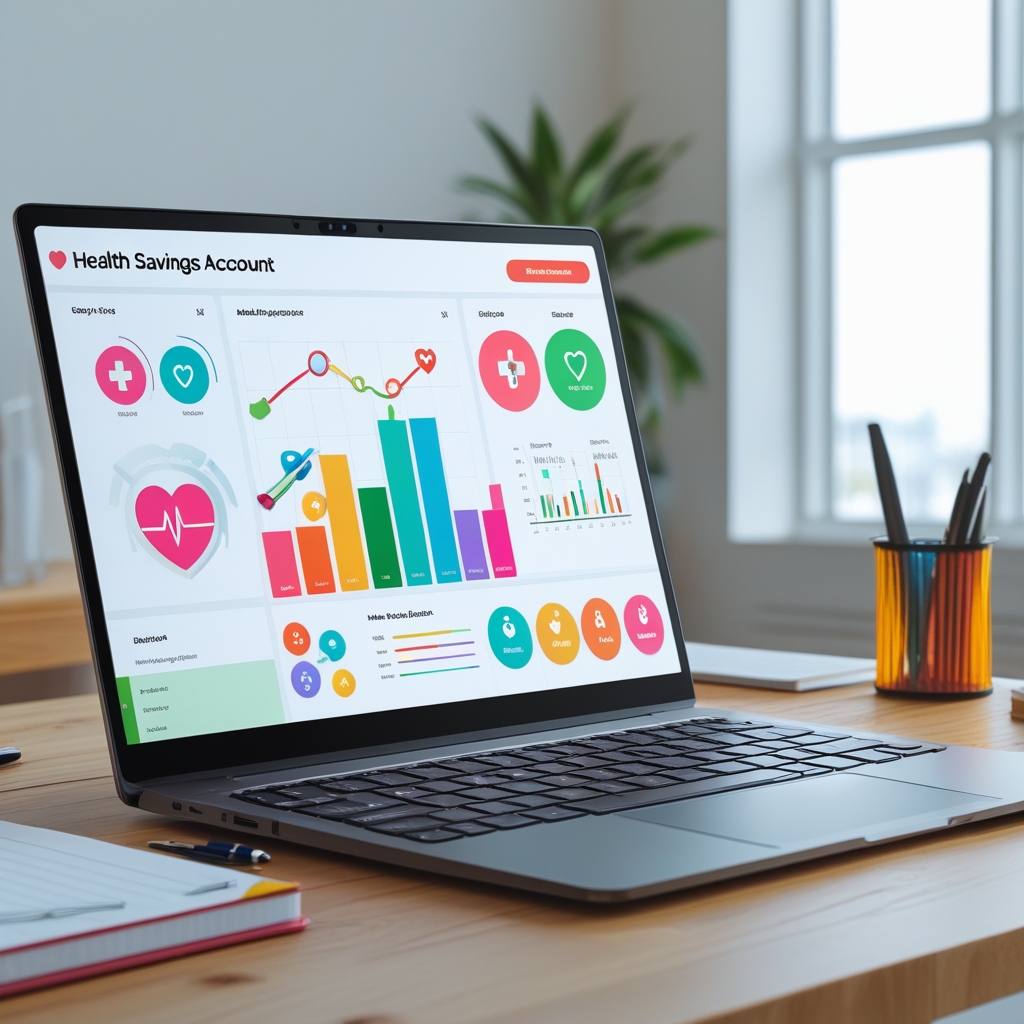What Is Microplastic Pollution in Oceans
What is microplastic pollution in oceans? It refers to the presence of tiny plastic fragments—less than 5 millimeters in size—that contaminate marine environments. These microplastics come from everyday items like bottles, bags, and clothing fibers that break down over time. Once in the ocean, they’re nearly impossible to remove and are often mistaken for food by marine animals. This invisible pollution is now one of the biggest threats to ocean health, affecting fish, coral reefs, and even humans who consume seafood. Understanding microplastic pollution is essential to protecting marine ecosystems and ensuring a sustainable future for our planet.
Understanding Microplastics and Their Sources
Microplastics are small plastic particles that originate from two main sources—primary and secondary microplastics.
-
Primary microplastics are manufactured small, found in cosmetics, microbeads, and industrial pellets.
-
Secondary microplastics form when larger plastics like bottles, packaging, and fishing nets degrade due to sunlight, waves, and wind.
Everyday activities such as washing synthetic clothes or using single-use plastics contribute to microplastic pollution. Stormwater drains, rivers, and runoff carry these particles into the ocean, where they accumulate in massive quantities. The USA, like many other countries, faces growing challenges managing this invisible form of waste that impacts marine biodiversity and food chains.
How Microplastic Pollution Reaches the Oceans
The journey of microplastics to the ocean is surprisingly simple but deeply damaging. Plastics disposed of on land eventually find their way into rivers and streams through wind, rain, and improper waste disposal. Urban areas with poor waste management are major contributors, as microplastics from streets and sewage systems end up flowing directly into coastal waters.
Wastewater treatment plants can’t filter all microplastic particles, allowing billions of them to pass into the ocean daily. Over time, these particles drift with ocean currents, collecting in large patches like the Great Pacific Garbage Patch, which contains trillions of plastic fragments harming marine life.
The Impact of Microplastic Pollution on Marine Life
The effects of microplastic pollution in oceans on marine ecosystems are devastating. Tiny fish, plankton, and seabirds often mistake microplastics for food, leading to poisoning, starvation, and death. Toxins like bisphenol A (BPA) and phthalates, commonly found in plastics, can disrupt reproductive and hormonal systems in marine animals.
Coral reefs also suffer when microplastics block sunlight and hinder photosynthesis, weakening one of Earth’s most vital ecosystems. The contamination moves up the food chain, meaning that seafood consumers—including humans—are also at risk of ingesting harmful microplastics and toxins, posing serious health concerns.
The Human Health Connection
While microplastic pollution begins in oceans, it doesn’t stay there. Studies show that microplastics have been found in drinking water, salt, and even the air we breathe. When humans consume contaminated seafood, the plastic particles and associated chemicals can accumulate in the body.
Scientists are still studying the full effects, but early research links microplastic exposure to inflammation, hormone disruption, and potential damage to vital organs. This growing concern has led environmental groups and policymakers to push for stricter waste management and plastic reduction initiatives in the USA and worldwide.
Environmental Consequences Beyond Marine Life
The environmental damage caused by microplastic pollution extends far beyond the ocean. These particles affect coastal ecosystems, soil fertility, and even the global climate. Microplastics floating on ocean surfaces reflect sunlight and alter heat absorption, potentially disrupting oceanic temperature balance and weather patterns.
Additionally, the decomposition of plastics releases greenhouse gases such as methane and ethylene, contributing to global warming. As microplastics spread across continents, they threaten biodiversity, hinder agriculture, and pollute the air and water systems that sustain life.
How the USA Is Addressing Microplastic Pollution
In the USA, awareness of microplastic pollution has grown significantly. Legislation like the Microbead-Free Waters Act banned plastic microbeads in cosmetics and personal care products. Many states are now implementing bans on single-use plastics and encouraging eco-friendly packaging alternatives.
Research organizations and coastal cleanup programs are also helping monitor and reduce plastic waste in oceans. Citizens can participate in local recycling initiatives, beach cleanups, and sustainable consumption habits to minimize their impact. Together, these efforts aim to reduce the flow of microplastics into waterways and safeguard marine ecosystems.
Innovative Solutions to Microplastic Pollution
Innovation plays a crucial role in solving the microplastic crisis. Scientists and environmental engineers are developing advanced filtration systems to trap microplastics in wastewater before they reach the ocean.
New biodegradable materials are also replacing traditional plastics, reducing long-term waste accumulation. Technology-driven cleanup projects, like ocean-sweeping drones and floating barriers, are being deployed to collect plastics from polluted waters.
Consumer education is equally vital—encouraging people to adopt sustainable habits, choose natural fabrics, and support zero-waste movements. Together, technology and behavior change can significantly reduce microplastic pollution worldwide.
Global Collaboration for a Plastic-Free Ocean
Since ocean pollution knows no borders, tackling microplastics requires global cooperation. The United Nations, environmental NGOs, and governments are working toward international agreements to regulate plastic production and waste disposal.
Efforts like the UN Environment Programme’s Clean Seas Initiative encourage countries to eliminate unnecessary plastic and invest in recycling infrastructure. Collaboration between nations ensures that solutions are not only local but global—benefiting marine life, human health, and future generations.
Final Thoughts
Understanding what is microplastic pollution in oceans is essential for recognizing one of the biggest environmental challenges of our time. These tiny plastic particles might be invisible, but their impact is massive—threatening marine life, human health, and the balance of the planet’s ecosystems.
By reducing plastic use, supporting innovation, and participating in cleanup efforts, we can help restore the health of our oceans. Every small action counts, and collective responsibility is the key to creating a cleaner, plastic-free world where oceans thrive once again.

